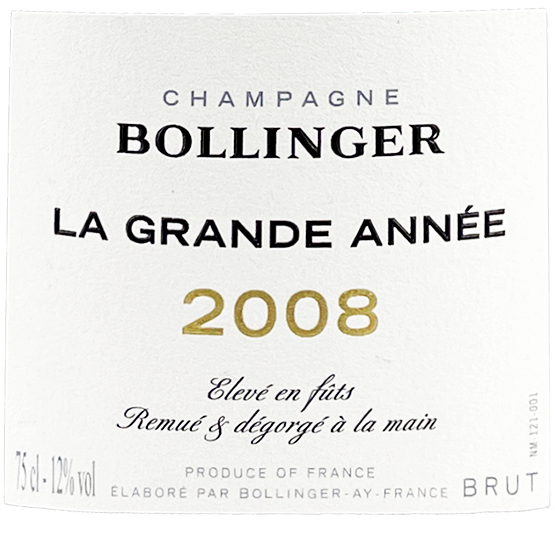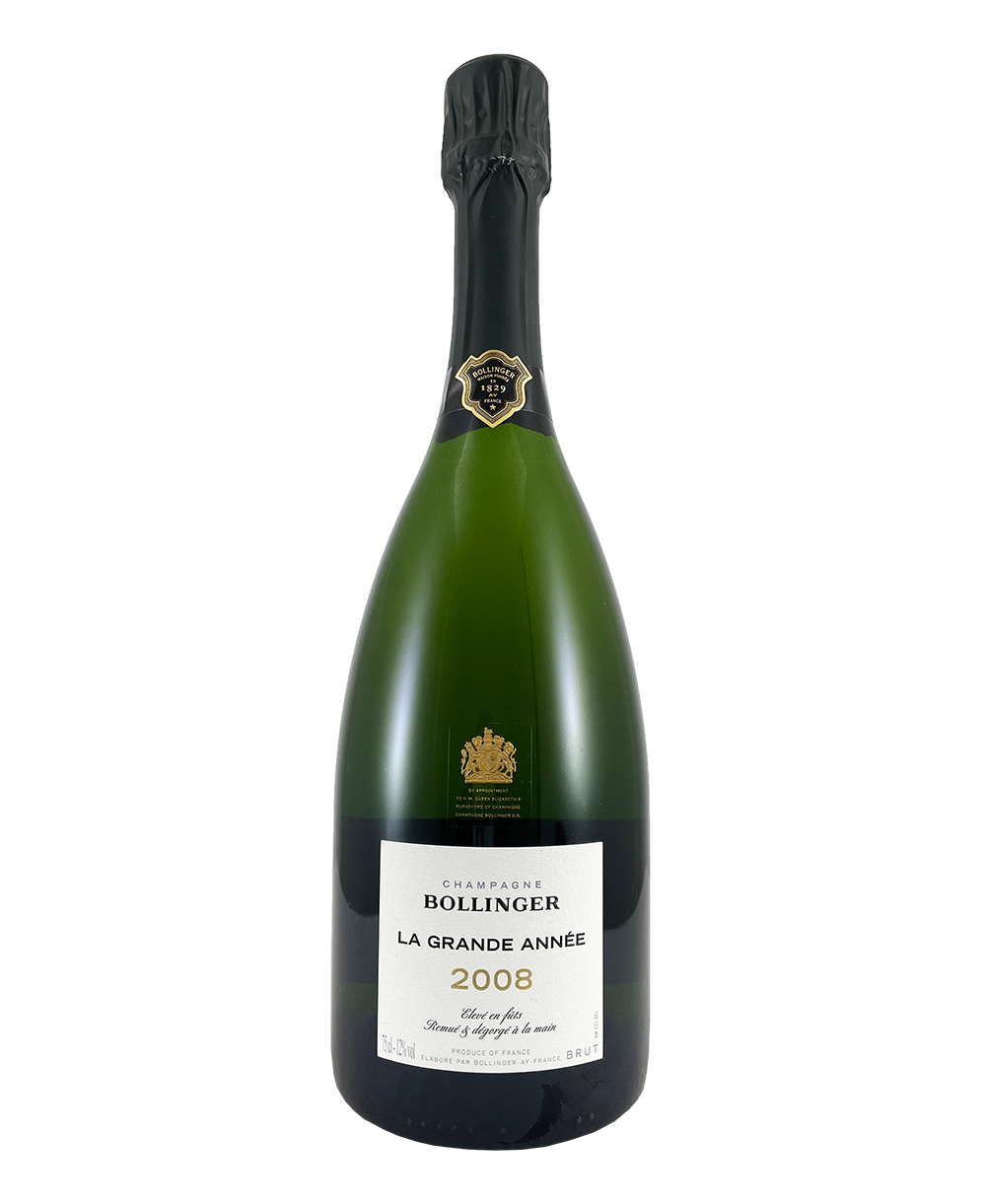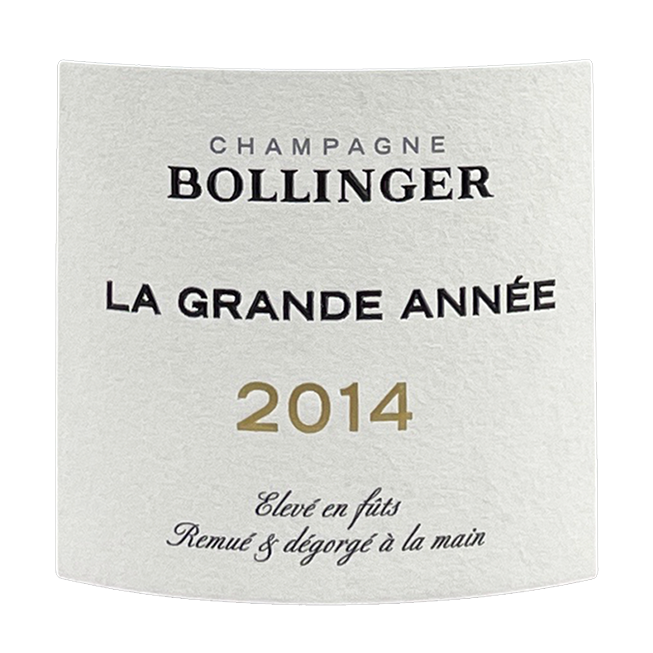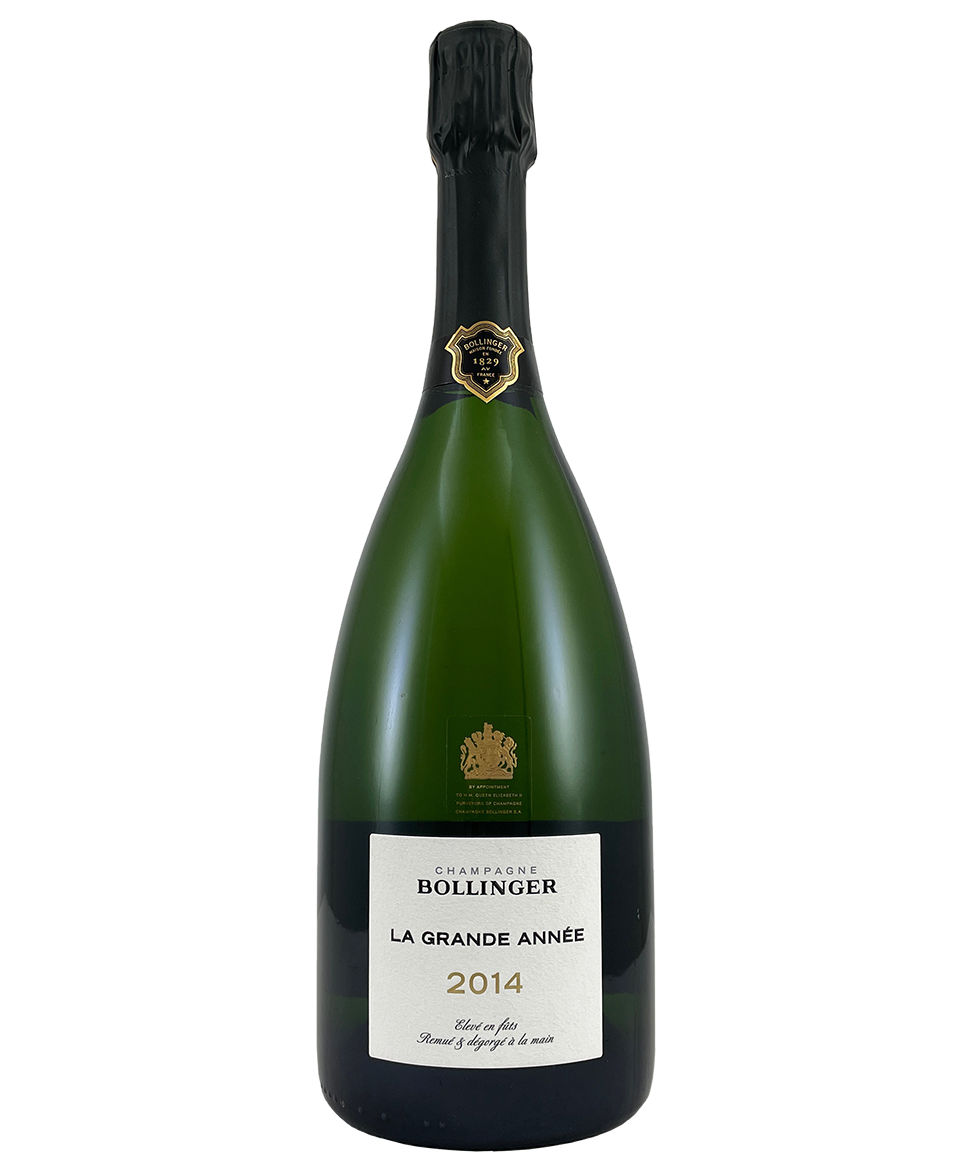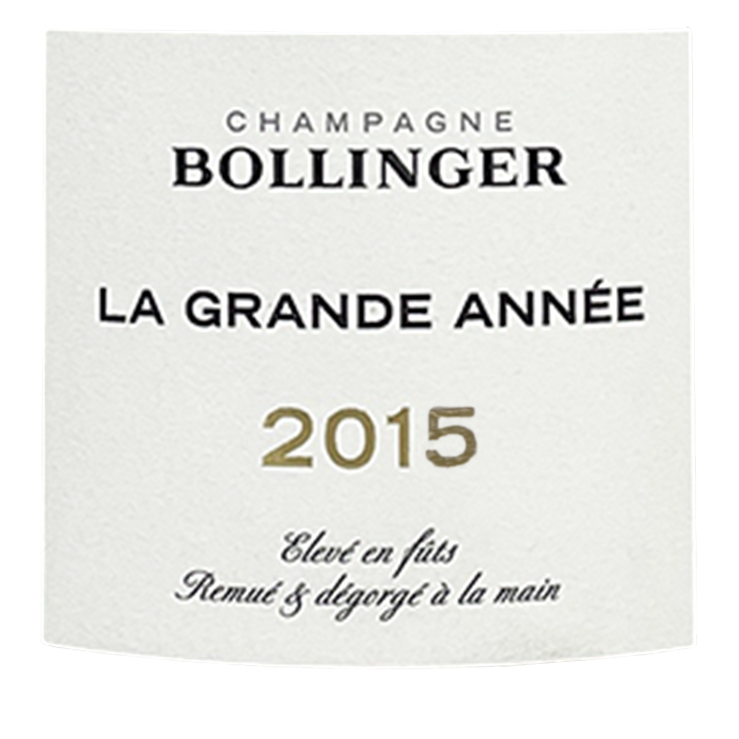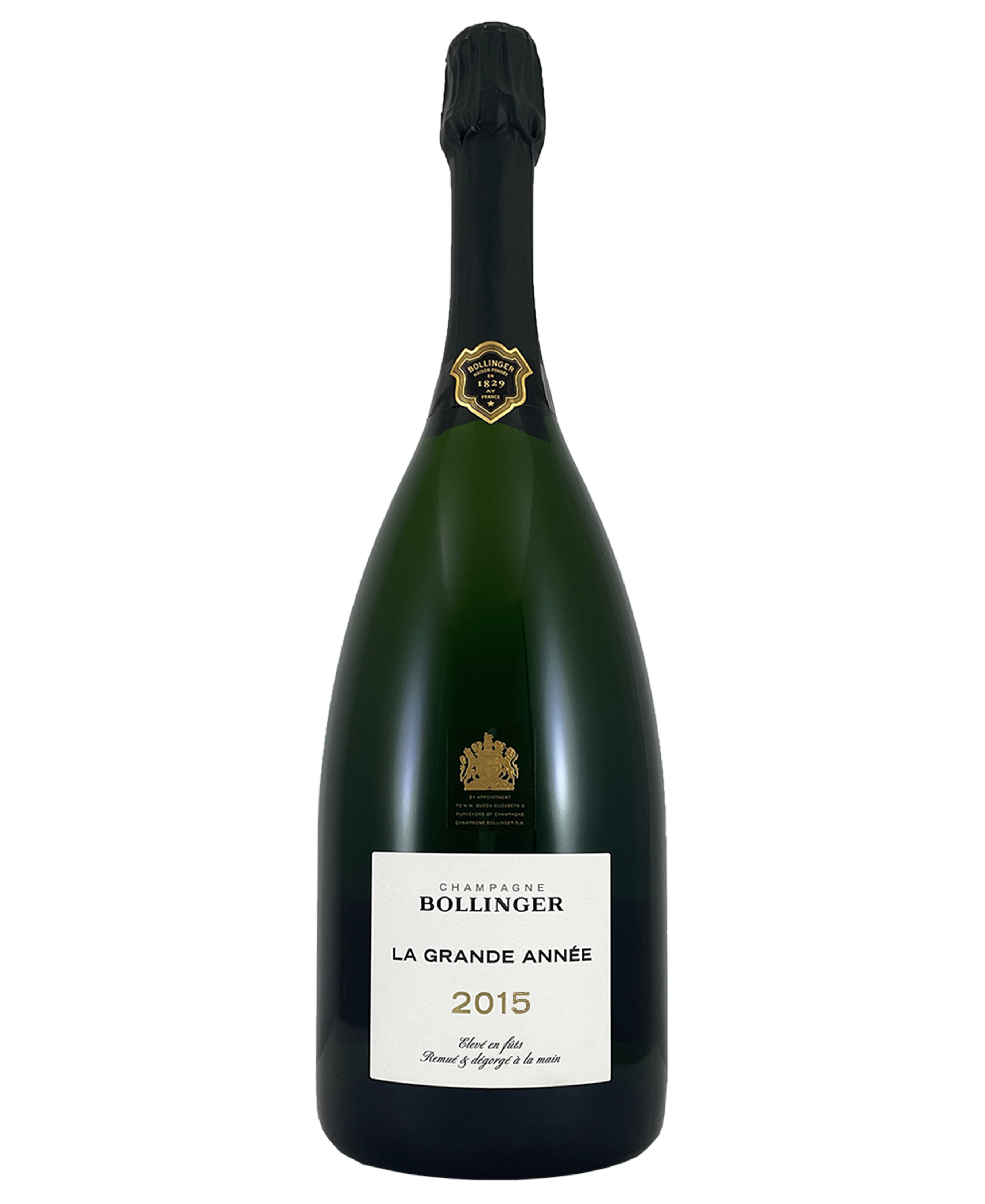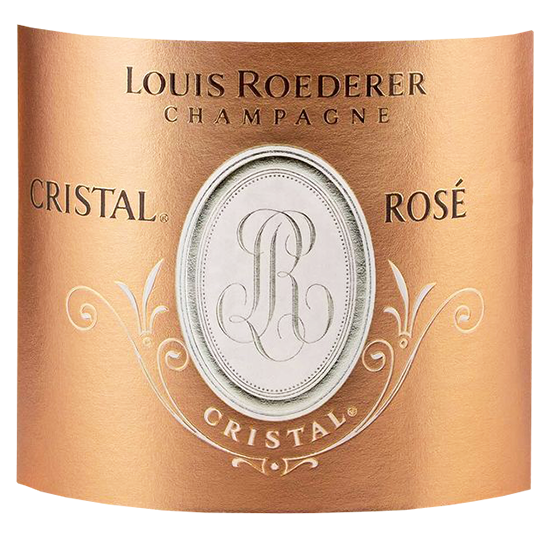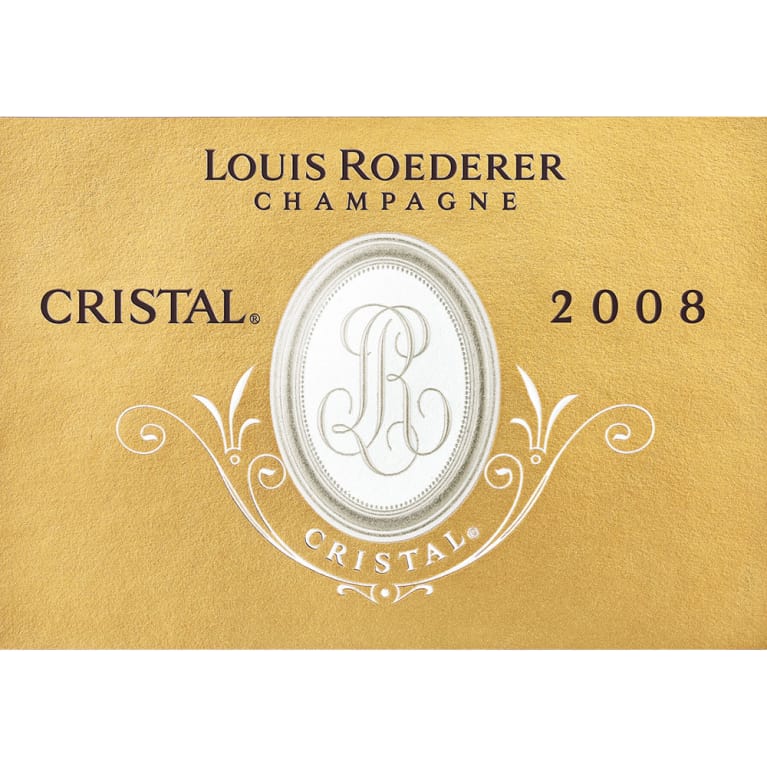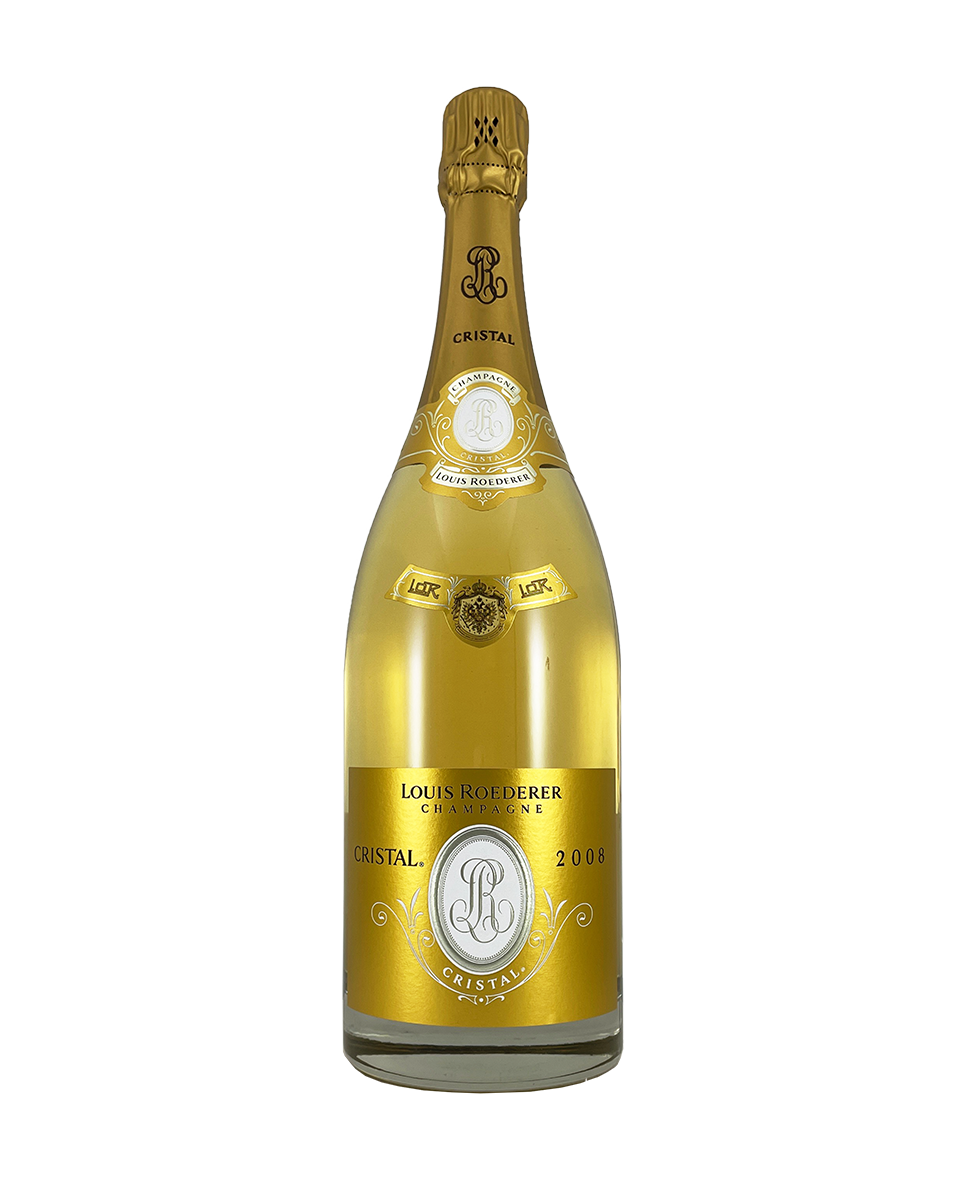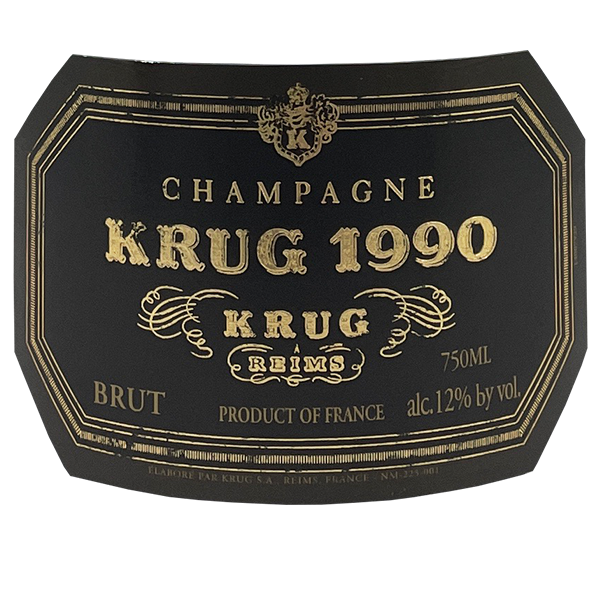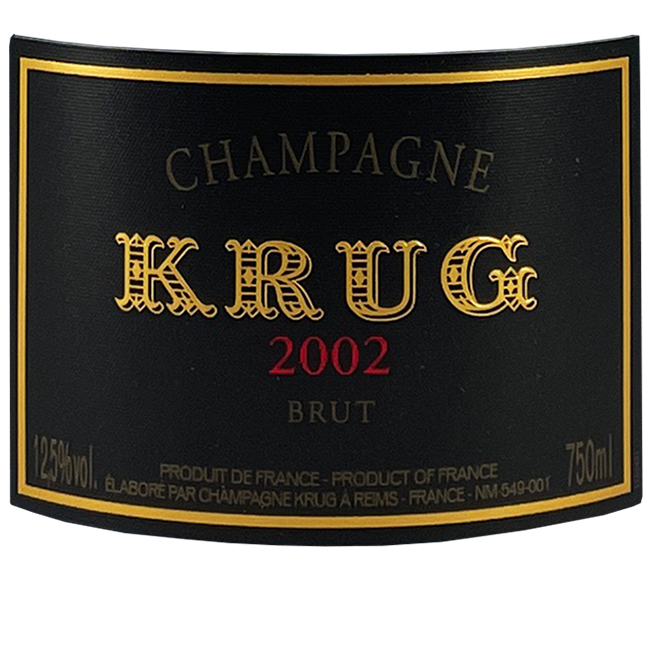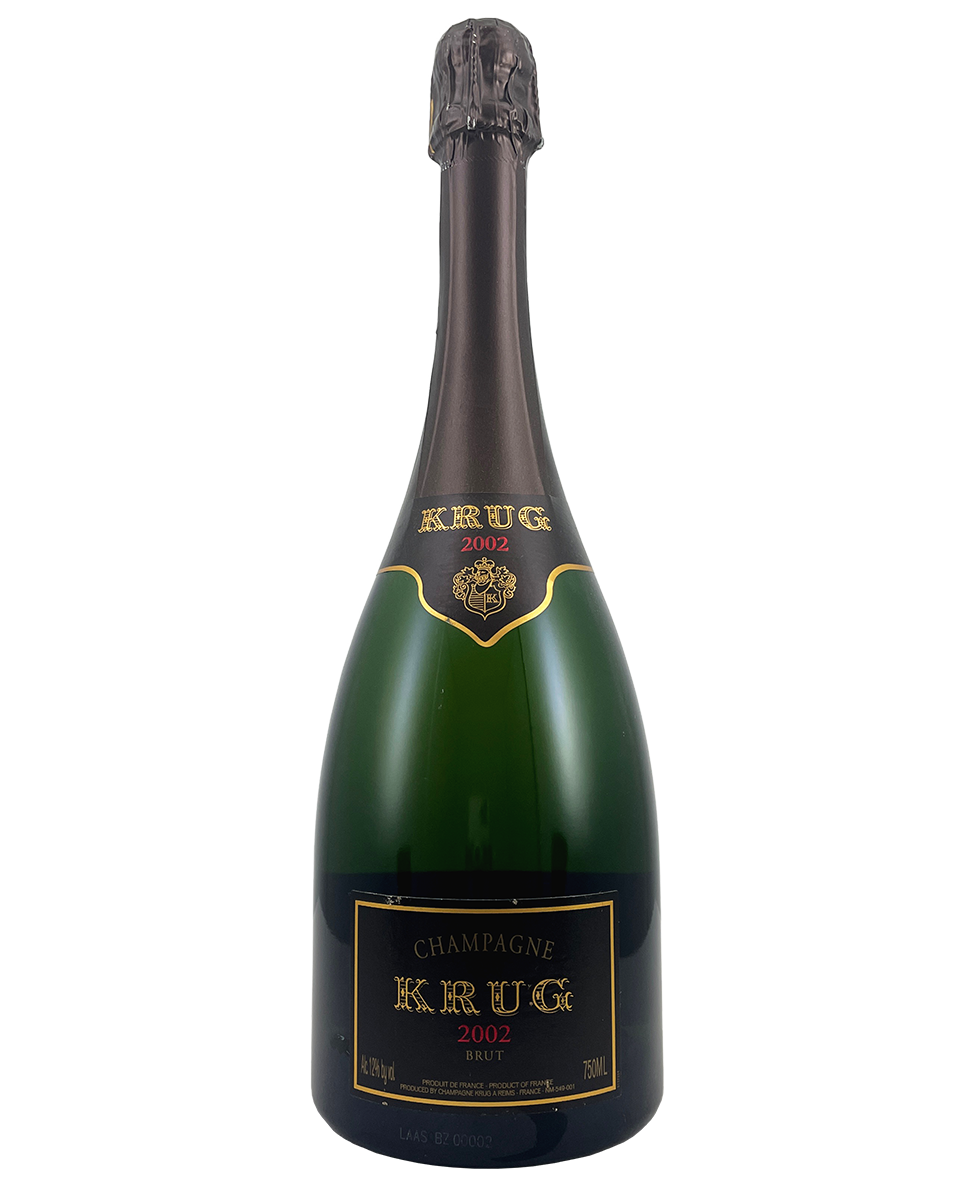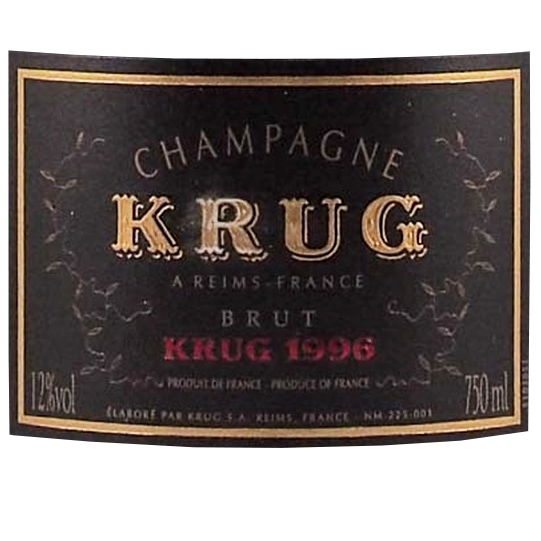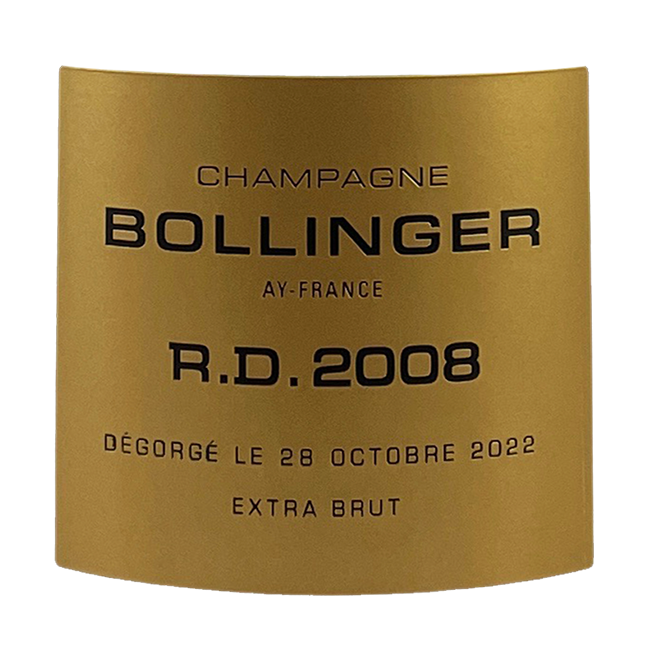
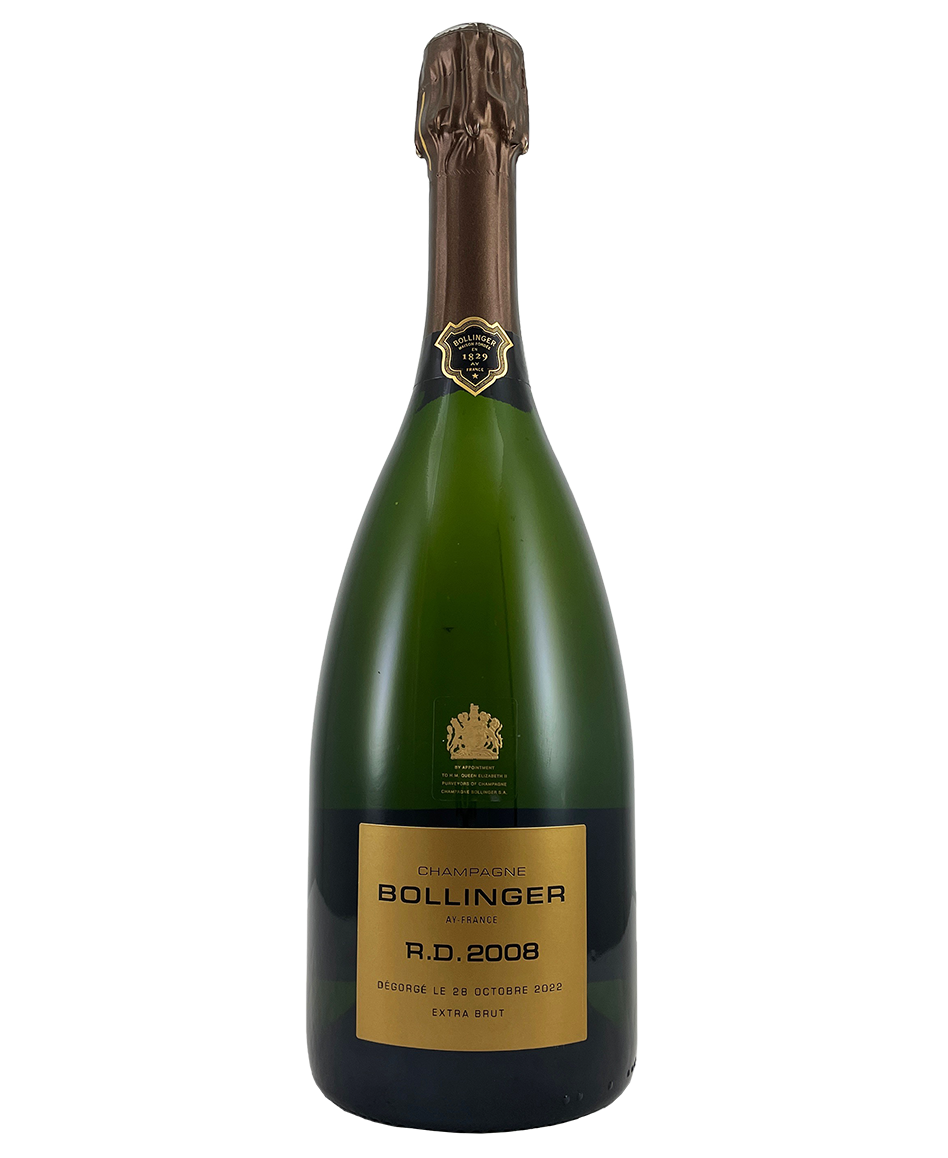
Reviews:
When I was tasting Bollinger's brilliant Grande Anne in this vintage, I was trying to imagine how good the 2008 Extra-Brut R. D. would be, as the style of the vintage seems almost perfectly adapted to this cuve. Four years later, we have the answer, and the wine is brilliant. Disgorged in 2022, it's more reserved out of the gates than the dramatic Grande Anne was on release, unwinding in the glass with notes of crisp orchard fruit, orange peel, freshly baked bread, subtle hints of fino sherry, wet stones and macadamia nut. On the palate, it's medium to full-bodied, with a deep core of fruit that's animated by racy acids and a refined pinpoint mousse, concluding with a bone-dry finish. Extremely harmonious and full of youthful energy, it's the finest R. D. of the decade and one that will richly reward a bit of additional age on cork. In style, the most obvious comparison is with the 1996, but the 2008 is more integrated and harmonious on release. These bottles were disgorged late last year with three grams per liter dosage. William Kelley 98+
When Bollinger released the inaugural 1952 R. D. in 1967, it was the first Champagne to specify a disgorgement date. It had long been Madame Lily Bollingers custom to serve an old vintage, disgorged la vole without dosage only moments before, with meals at the maison in A. Offering all the texture, plenitude and aromatic range of an older wine enriched by long contact with the lees but with the freshness of an immediate disgorgement, the idea behind R. D. was to capture this expression of Champagne. The house agonized about the name for some time: R. D., for recently disgorged, seemed better to capture the energy of the wine, as opposed to late disgorged, with its connotations of evolution.
Despite its growth in recent decades, the house remains attached to artisanal methods, and like Bollingers vintage Grande Anne, R. D. is fermented in old barrels, with tirage under cork, followed by riddling and disgorgement by hand. Cellar master Denis Bunner explains that R. D.s evolution after the moment of disgorgement follows a distinctive pattern: for the first 12 months or so, the oxidative shock of disgorgement means that the wine is forward and expressive, showing youthful fruit; with additional time, more or less hermetically sealed under cork, the wine digests its oxygen and shifts to a more reductive state, continuing to age much in the manner of an earlier disgorgement but with the additional texture and lower dosage characteristic of R. D.
For me, R. D. represents the essence of the Bollinger style: vinous, muscular and concentrated, with a complex aromatic patina from its vinification in wood and a sapid, bone-dry finishclosely conforming with what the Champenois used to call the got anglais. Distinctive aromatic signatures of dried orange and torrefied aromas of mocha and praline often distinguish mature wines from Bollinger. The house's fidelity to vinification in wood naturally suggests comparisons with Krug, yet Bollingers vins clairs spend longer in barrel than Krugs, and the houses emphasis on ripe, low-yielding Pinot Noir from the south-facing slopes of A and Avenay-Val-dOr naturally lends Bollinger a more muscular, vinous, textural profile.
Bollinger Champagne R.D. Extra Brut 2008
Reviews:
Wine Advocate: 98+
Product Details:
Status: In Stock
Region: Champagne
Country: France
Varietal: Blend
Disgorged: Oct/2022
Dosage: Extra Brut
Size: STANDARD - 750ml
Choose options


